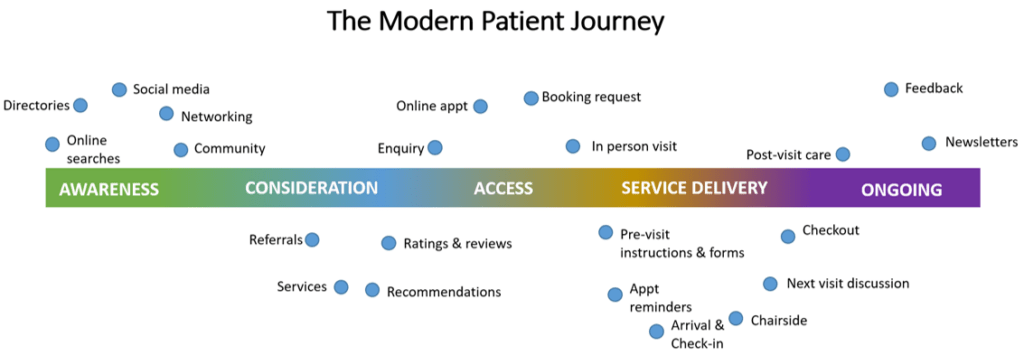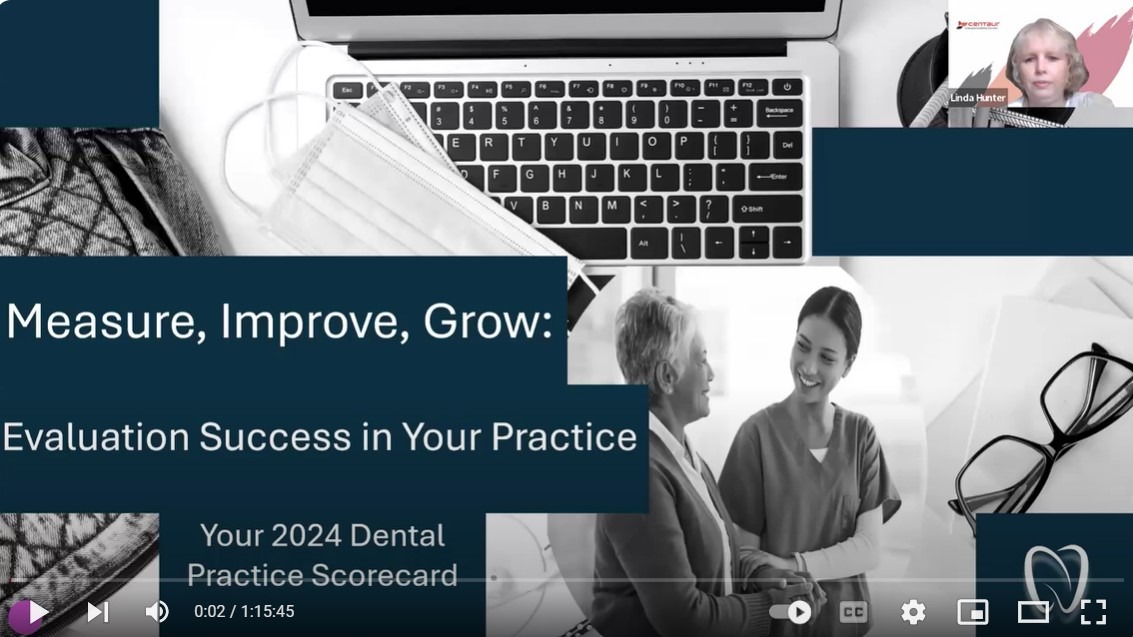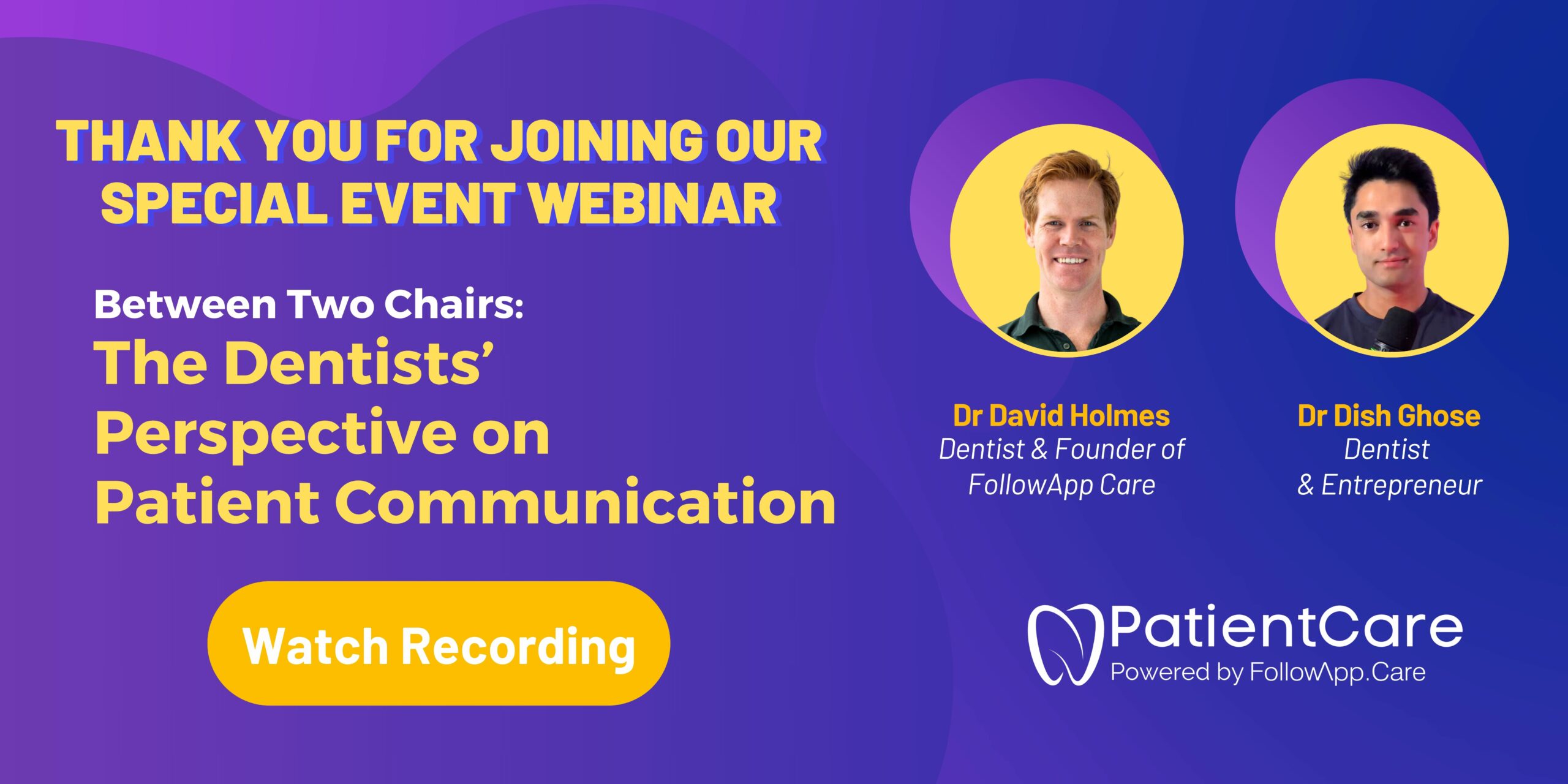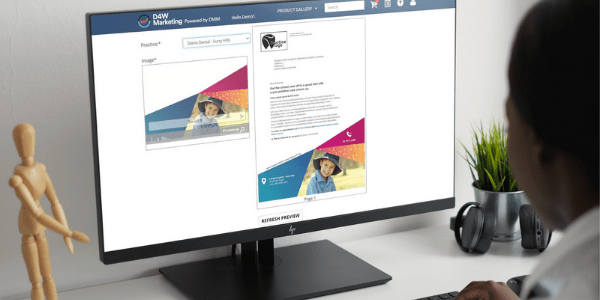We have all heard the adage, “Customer is King”, which essentially points out the importance of a customer to a business. Although times have changed, the significance of this sentiment has not only stayed relevant but also has increasingly become something that almost every business endeavours to live by. However, today’s consumer is not confined to the four walls of a business venue. With the advent of technology, we are consumers 24 hours a day, 7 days a week. The traditional customer experience that started when the customer entered the brick-and-mortar store and ended with the door closing behind them is no longer relevant. Today, the terms Customer Experience and Customer Journey are synonymous with each other.
Dental practices whose consumers are Patients, have undergone the same transformation over the years. Today, Patient Experience entails all the steps in the Patient Journey. The Patient Journey begins when the patient identifies a need for dental care and continues long after the patient has completed the treatment and left the practice. The Beryl Institute defines Patient Experience as “The sum of all interactions, shaped by an organisation’s culture, that influence patient perceptions across the continuum of care”.

Source: ‘Getting to know your patients’ webinar, Sean Perera, Centaur Software Development
One step that significantly influences a patient’s experience but is often overlooked in the patient journey is post-visit communication. It is essential to recognise that the patient’s dental experience does not end at the completion of treatment; the post-visit care phase is equally vital to ensure successful outcomes and patient satisfaction. Effective communication during this phase involves providing patients with information about potential discomfort, pain management, proper oral hygiene practices, and what to expect in the recovery process.
Effective communication is not a one-way street; opening a post-visit care communication channel where the patient can ask questions gives the patient a sense of a safety net and peace of mind that they are still under the care of the dental practitioner. Furthermore, patients who receive clear post-visit care instructions are more likely to adhere to the recommended practices, leading to better treatment outcomes and reduced chances of complications.
There is a myriad of research conducted by various institutions and academics alike that highlights the significant impact that post-visit communications have on patient perceptions. A survey by the Journal of Patient Experience in 2020 analysed patient perceptions of post-visit communications by dental practitioners. The findings indicated a sense of appreciation, trust, and reduced anxiety levels.
- Sense of appreciation – 78% of patients who received post-visit care felt more valued and cared for.
- Trust – 85% of patients reported a higher level of trust in their dental practitioner and increased confidence in their treatment outcomes.
- Reduced Anxiety -67% of patients experienced reduced post-treatment anxiety as they felt they received clear instructions on aftercare.
It is a common misconception in the dental industry that patients who have routine procedures such as Cleans and Fillings do not require post-visit communications. This could not be further from the truth. The less time the dental practitioner spends with the patient, the higher the impact post-visit care communications will have on the patient experience. Irrespective of the size or the complexity of the treatment, leaving the patient feeling cared for post-treatment can only benefit both the patient and the practice.
Post-visit care routines do not have to be complicated. If you are thinking about providing all your patients with post-visit care communication, the following strategies will help you get started.
Personalised Aftercare Follow-ups
Sending personalised follow-up SMSs and emails or making post-visit phone calls demonstrates the practice’s commitment to its patients’ well-being. This also provides an opportunity to address any concerns and answer questions directly.
Tailored Care Instructions
Tailoring post-treatment instructions to each patient and their specific procedures demonstrates individualised care by the practice.
Clarity and Conciseness
Providing the patients with clear and concise instructions that outline aftercare steps, potential discomfort, and any warning signs to watch out for can increase patients’ confidence in the treatment outcomes.
Open Communication Channel
Encouraging patients to ask questions about aftercare routines and addressing any concerns will help build a long-lasting relationship with the patient.
Interactive Platforms
Using digital platforms or patient portals that allow patients to access their post-visit care instructions online will ensure they have the information at their fingertips whenever needed.
Effective post-visit care communication is a critical aspect of the Dental Patient Journey that can significantly impact patient satisfaction, treatment outcomes, and patient-practice relationships. By offering clear instructions, addressing questions, and demonstrating genuine concern for patients’ well-being, practices can enhance their patients’ experiences and build a strong foundation of trust and confidence.
About the Author
Sean has 18 years of experience in the Australian Dental Information System industry and currently works as Head of Product and Innovation at Centaur Software. Sean holds a Bachelor of Applied Science from RMIT University and a Master of Business Administration from Swinburne University.
Sean is a passionate data analyst who loves everything data. Sean spends most of his time doting on his little daughters, Amelia and Olivia, outside work.






